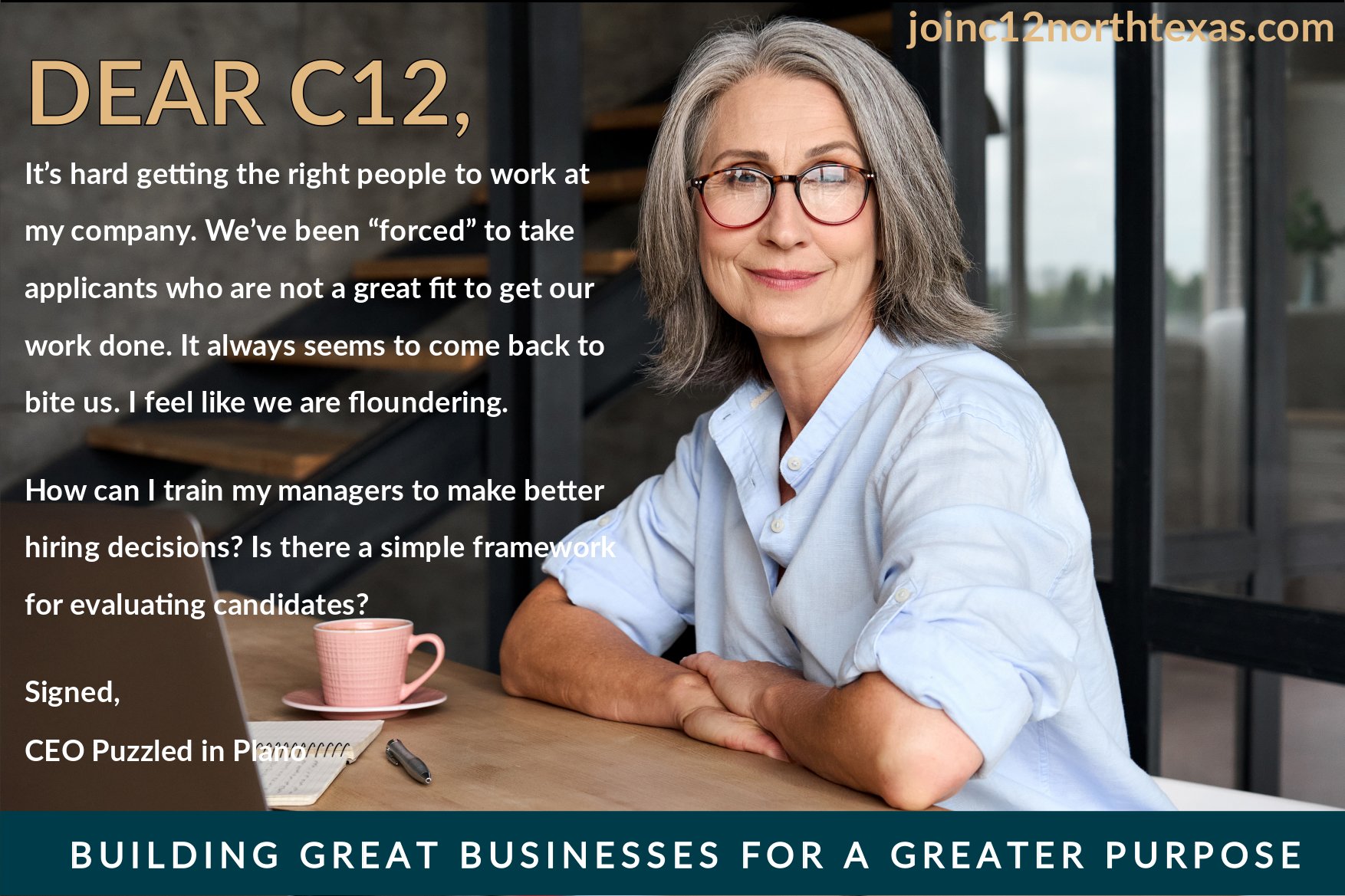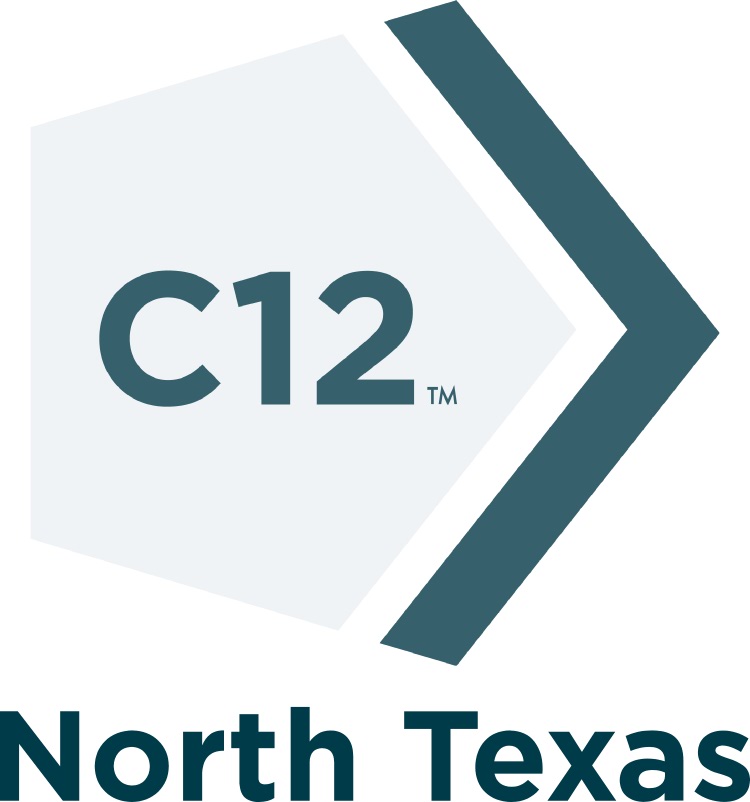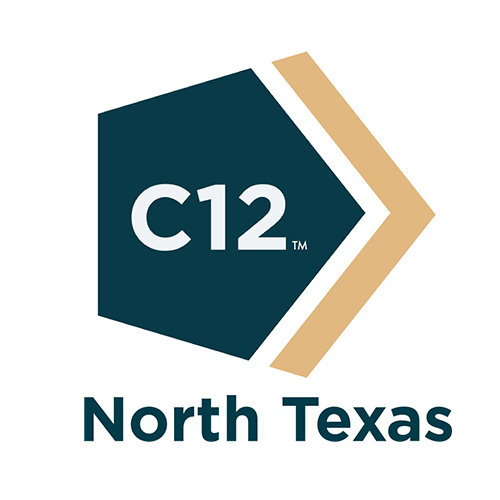
03 May The 5 C’s People Framework
Hi, Tom.
It’s hard getting the right people to work at my company. We’ve been “forced” to take applicants who are not a great fit to get our work done. It always seems to come back to bite us. I feel like we are floundering.
How can I train my managers to make better hiring decisions? Is there a simple framework for evaluating candidates?
Signed,
CEO Puzzled in Plano
Insights for Leaders
Dear Puzzled,
Almost every CEO and business leader that I work with feel your pain. When I recently asked a group of leaders, “how many of you have made a hire that you regret?”, they all raised their hands. Sometimes the pressing needs overwhelm a careful consideration of whether the applicant is a good fit. It only worsens when everyone leading an interview has different criteria for what is needed.
The common problem is that we often look primarily at the functional competencies of the applicant. We ask, “Do they have the skills and experiences to do the job?” That is an important question, but there are at least four additional questions to ask. We call this the “5 C’s” of hiring. A great fit for you will have good answers to all five questions. Guess what? The title of each begins with a “C.”
The 5 C’s Defined
The first “C” is what we have already acknowledged.
- Competency – Does the applicant have the knowledge and skills to do the job?
Most companies do a decent job at evaluating this. They examine the resume, explore past job responsibilities, pose realistic tests, and ask for relevant examples. - Character – Does the applicant have the character traits we desire?
To find a good match, you first must know which traits are valuable to you. For example, in an accounting firm, you know that attention to detail, personal trustworthiness, and the ability to work to a deadline is critical for success. How does your applicant match those qualities? - Chemistry – How would the applicant fit into your existing team?
Unless you hire a lone wolf, the new person will work with existing employees. Will there be a good fit, and how would you know? Often, personality assessments are helpful. References and the interview process, too, can tease out potential incompatibilities. - Calling – Would the applicant enthusiastically support the organization’s mission?
Companies with engaged employees commonly share an overarching mission. Do they show evidence of understanding and personalizing the mission (you can often tell by the questions they ask)? Someone disengaged will stick out like a sore thumb and may actively undermine the culture. - Contribution – Is there a value they bring to the company?
A person’s contribution moves the company toward an important objective. For an applicant, this involves anticipating their impact. The truism is that their past is the best predictor of their future. So, how did they “move the needle” in their previous positions? Do they seem to favor activity over accomplishments? The person you want has a history of achievements.
Putting it in Motion
Imagine you are using the 5 C’s framework. Focus your interview planning around identifying the right questions or diagnostic tools for each key question. Introduce a scale, perhaps 1-10, that every interviewer can use to rank the applicant. Reconvene to share and discuss the rankings when all interviews are complete. This simple approach will give you the foundation to refine your candidate evaluations. Be encouraged. You can figure this out!
It is easy to understand and teach. I hope that this helps. Good luck, Puzzled.

Tom Hawes
Principal Chair, C12 North Texas




No Comments